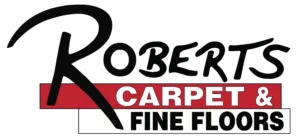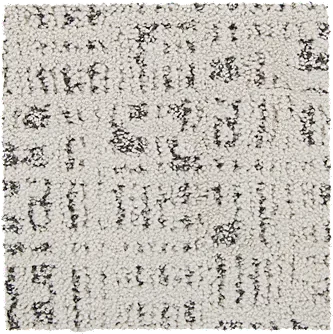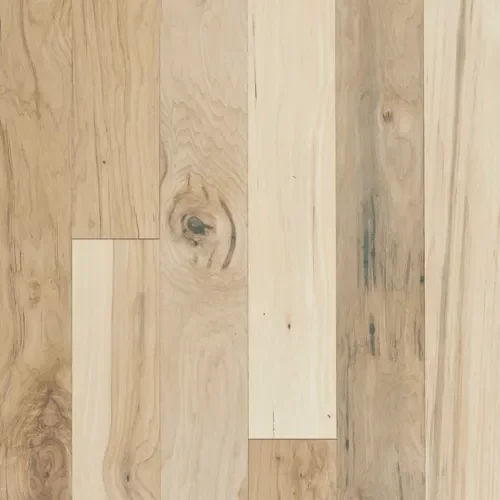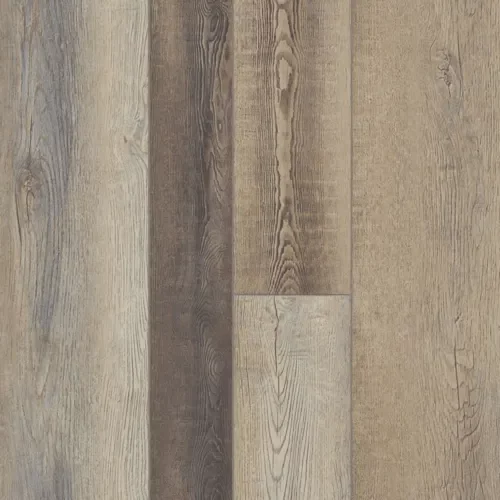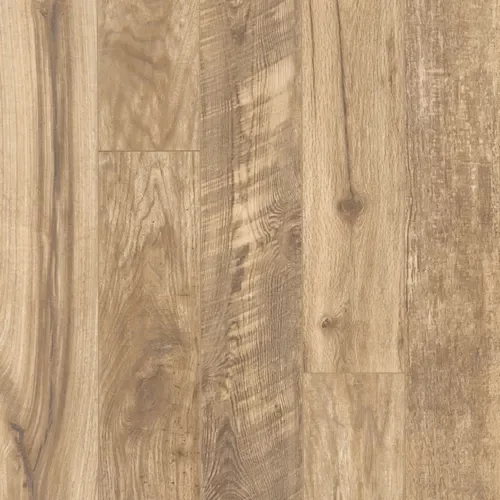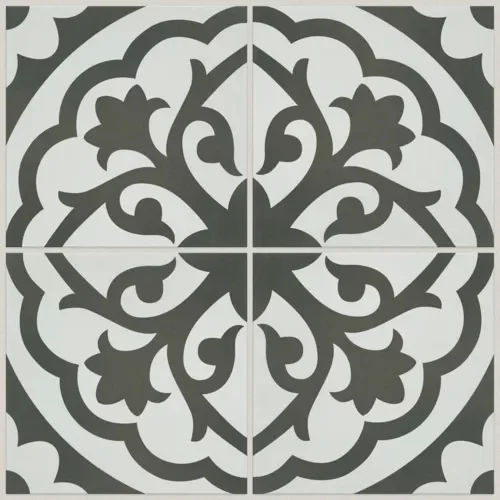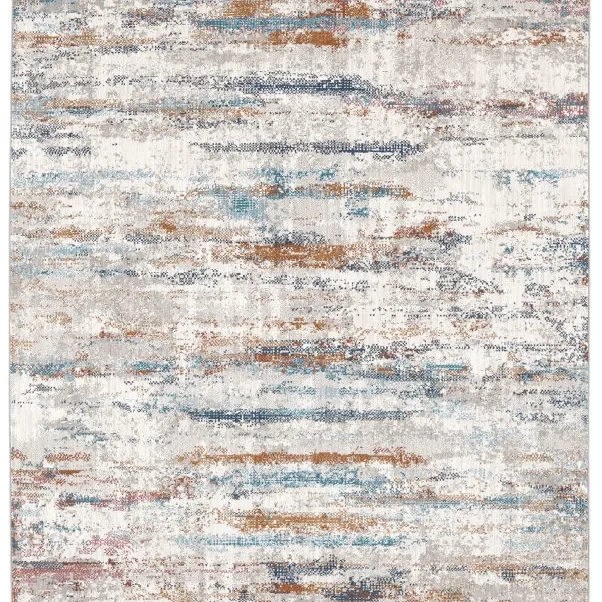Carpeting for your Home
Carpet
Knowing how carpet is made can be very advantageous. The different materials that make up various carpets help us understand and evaluate their performance aspects: why certain carpets are easier to install, why some wear better, longer, and why others are easier to care for and clean.
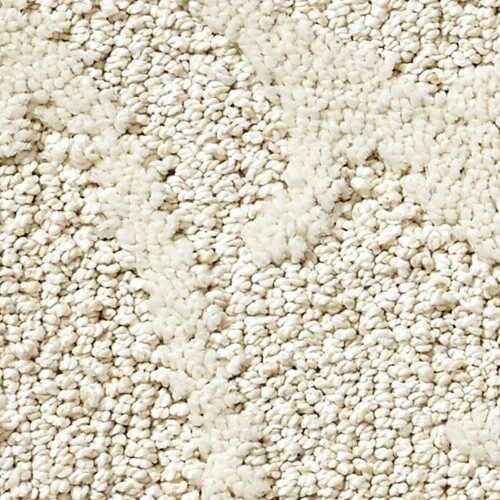
How it's made
Tips
- Thicker is not always better. For instance, high traffic areas need lower profiles to avoid matting and crushing
- Tight twists in the yarn perform better than loose and frayed
- Firm and dense pile equates to higher quality
- The more backing visible, the less dense and durable
STYLE
Material & Fibers
Fiber is the basic material of makeup of carpet. 90% of carpet is synthetic, while the other 10% is mostly wool.
1. Nylon
- 75% of carpet is made of nylon
- Performs well overall
- Nylon is the leader in: appearance retention, fade and heat resistance, soil and stain resistance, color and styling
2. Polypropylene
- Introduced in the late 1950's in Italy
- Not as resilient or resistant to abrasion as nylon
- Naturally stain and fade resistant
- Resistant to moisture
- Limited range of color options
- Most often used in loop pile constructions
3. Polyester
- Introduced to the carpet industry in the mid 1960's
- Well accepted for bulkiness, color clarity, and good stain and fade resistance
- Not as resilient as nylon, but still performs well
4. PET by Mohawk
- 100% recycled material
- Plastic bottles are collected, separated by color, and then ground and melted
- Great color clarity, stain resistance, durability
- Keeps over 3 billion bottles out of landfills!
5. SmartStrand
- Eliminates shedding
- Highly stain resistant and durable
- 37% renewable materials
6. Wool
- Natural fiber
- Since wool is a natural fiber, it ranges in color from off-white to black, with many earthen tones between.
- Wool doesn't stand up to abrasion and moisture as well as synthetics, it cleans well and is known to age gracefully.
- Most expensive carpet fiber
- Primarily from New Zealand, Argentina, and the United Kingdom.
7. *Berber
- Considered a type of carpet construction, rather than fiber
- The name, Berber, originates from North African sheepherders
- Berbers produced coarse wool, with color flecks in their yarns
MAKING THE CARPET: A 3-PART PROCESS
Step 1: Tufting
- Weaving the synthetic or staple fiber into a primary backing material
- The tufting machine has 800 to 2000 needles, like a sewing machine to pull the yarn through the primary backing material
- The tufting machine is 12 feet wide; its needles penetrate the backing and a small hook (looper) grabs the yarn and holds it in place
Loop Pile Construction
- Holds appearance well
- No exposed yarn tips
- Only sides of the yarn are exposed to wear and stress
Alternative Step
- Sometimes the looper cuts small loops creating a cut pile
- The lengths of these pieces are called pile height
- In order to create pattern on the surface, cuts are programmed to cut only some of the loops
Step 2: Application of Dye
Two dyeing processes
- Yarn Dyeing/Pre-Dyeing: color is applied to the yarn prior to tufting
- Good side-by-side color consistency, large lot sizes, and uniformity
- Carpet Dyeing: applying color to the yarn after tufting
- Greater color flexibility
Carpet Dyeing Methods
- Beck/Batch Dyeing: Stitching the ends together, then running the tufted carpet loop through large vats of dye and water for several hours.
- Ideal for small runs, heavier face-weight products
- Continuous Dyeing: Similar to Beck dyeing but carpet is also run through processes other than dyeing
- Applies color to the face by spraying or printing, also to create multicolor or patterned effects
- Screen Printing: Color is applied through 1-8 silk-screens
Step 3: Manufacturing the carpet
- Finishing Process: A single, five-part, production line completes the final construction stages
-
- Latex: A coat of latex is applied to dyed carpets.
- Secondary Backing: A layer of woven synthetic polypropylene is applied
- Shape Preservation: The two parts are squeezed together in a large heated press and held firmly
- Shearing: Loose ends and projecting fibers created during the tufting process are removed to help with yarn tip definition
- Inspection: Carpet is checked for color uniformity and defects before rolled, wrapped, and shipped, ready for installation
